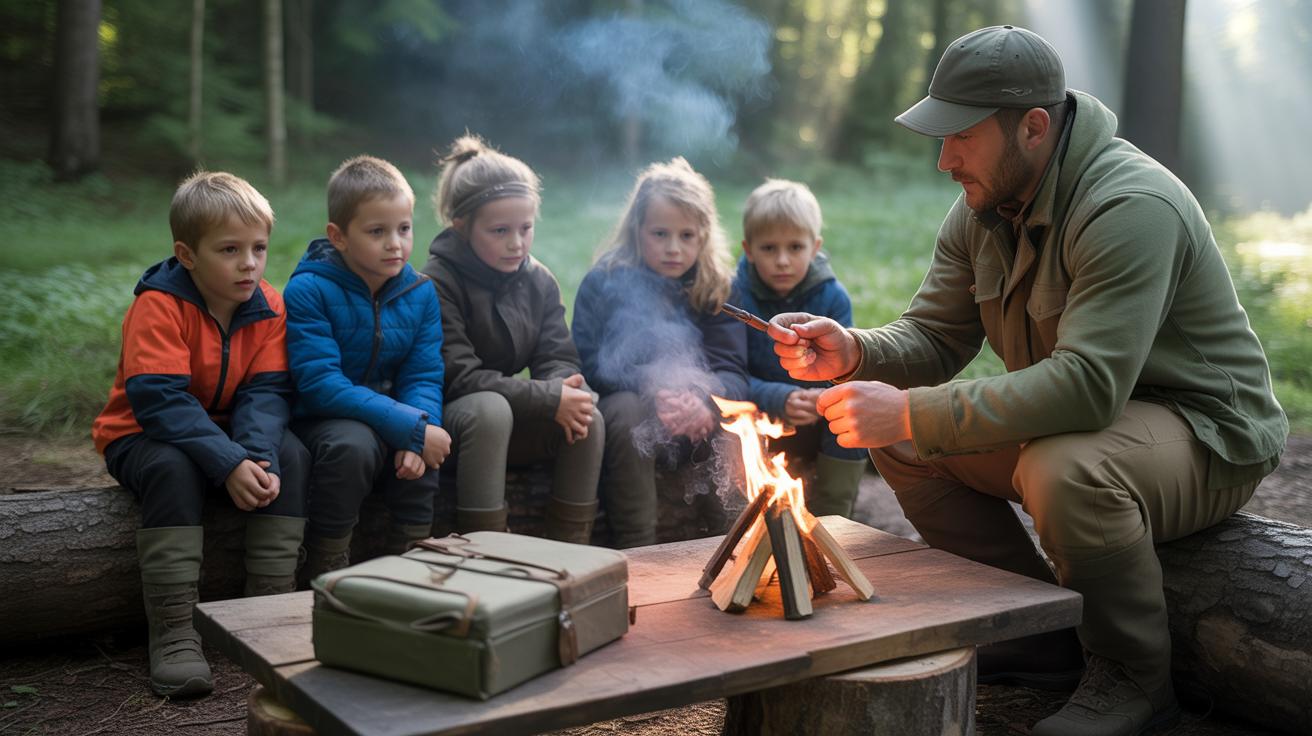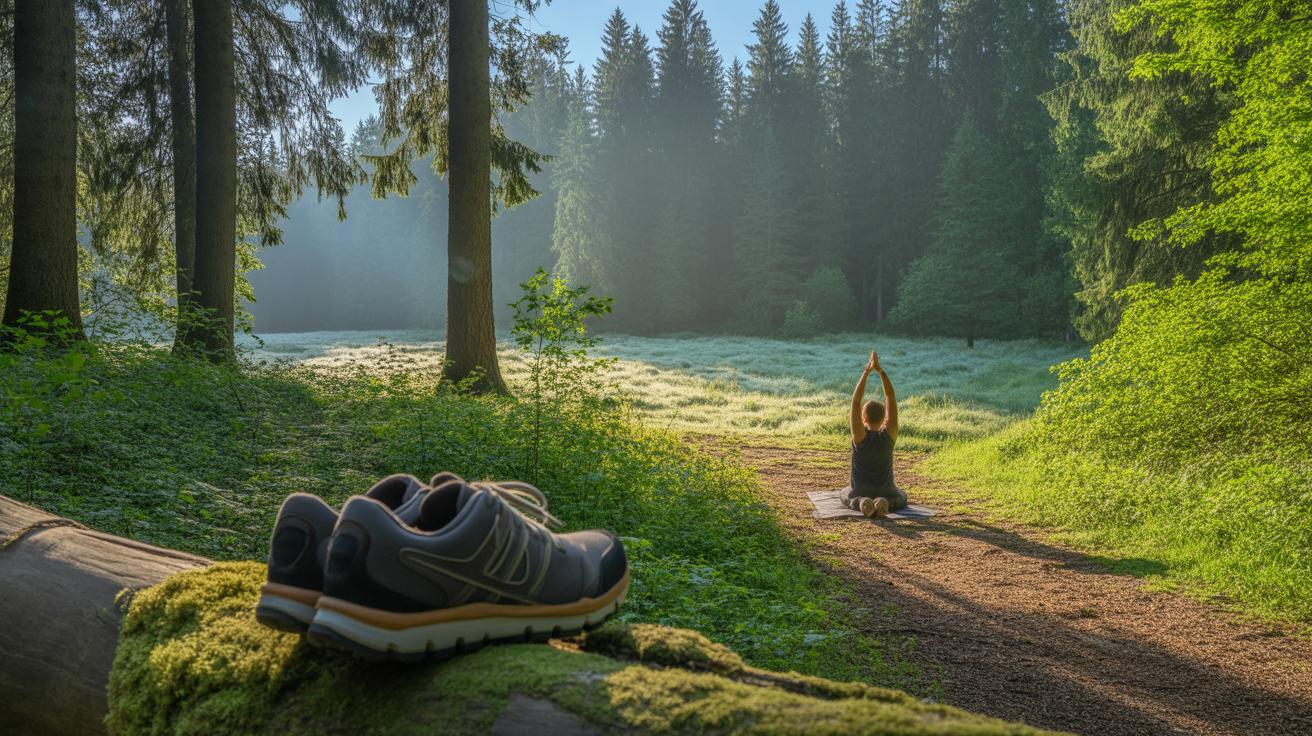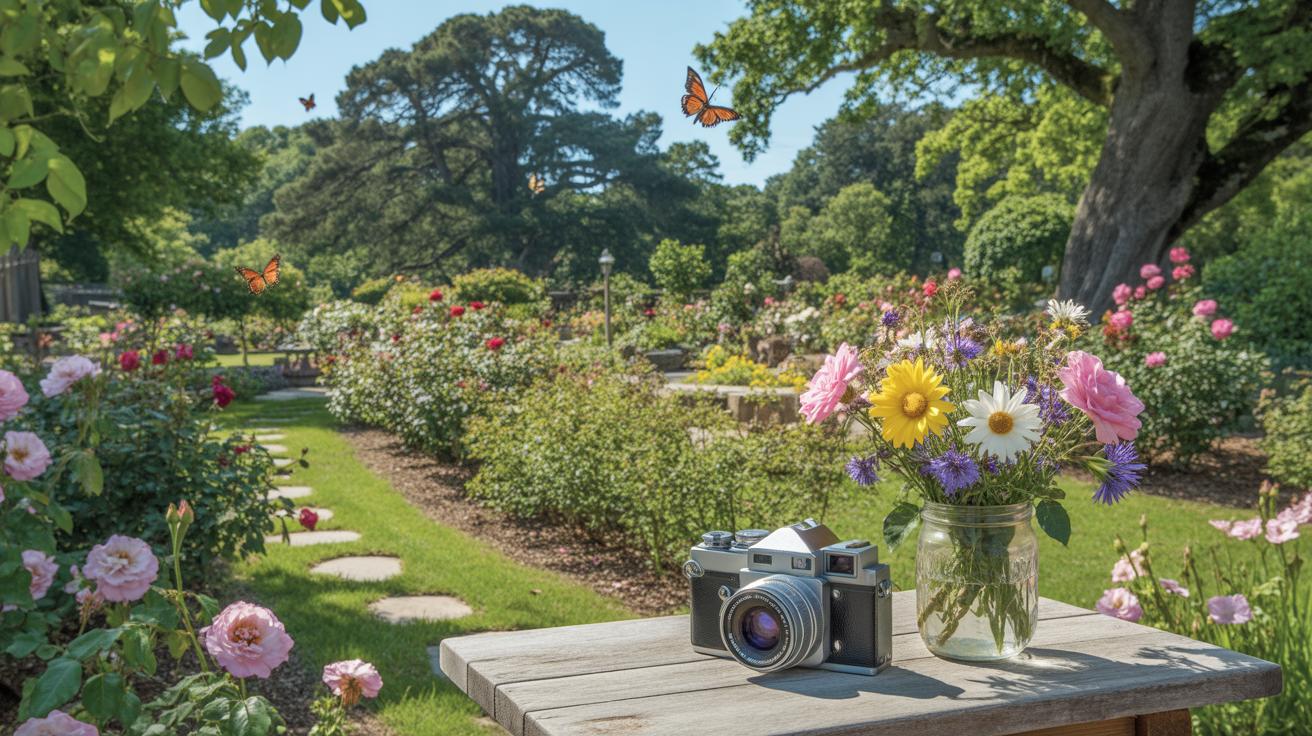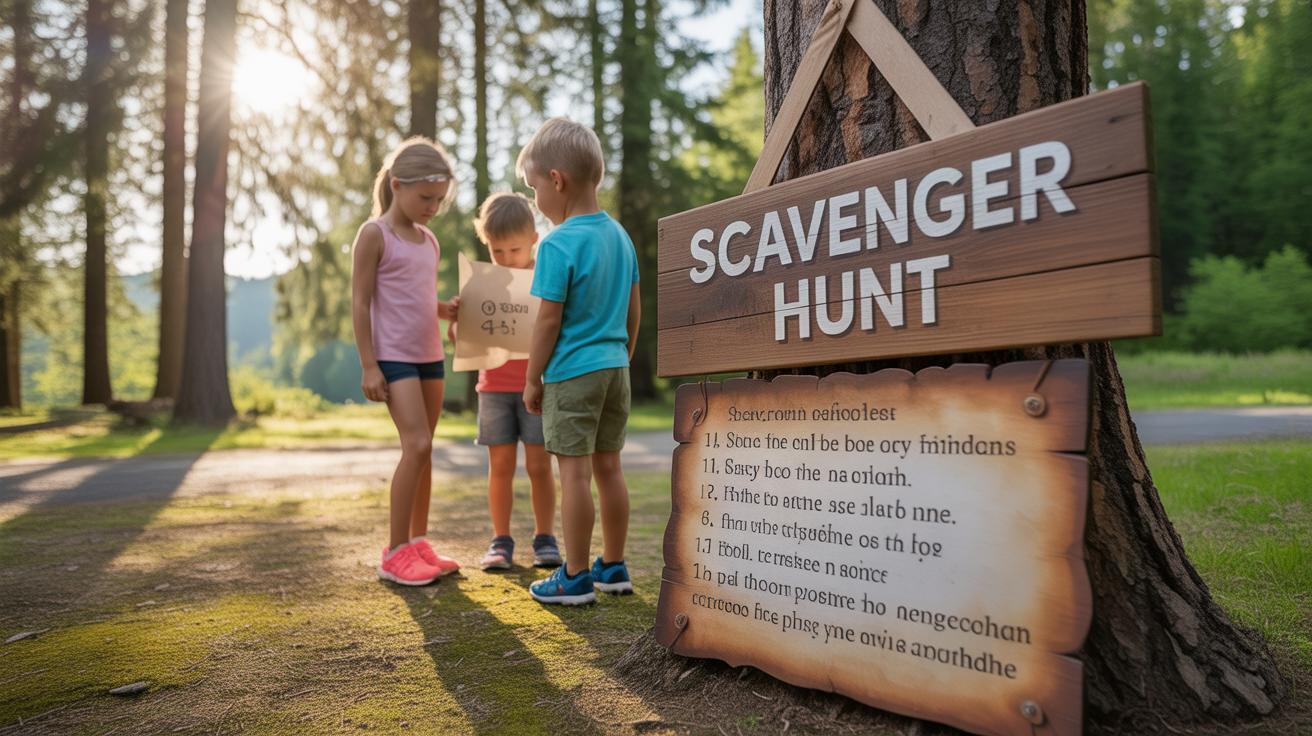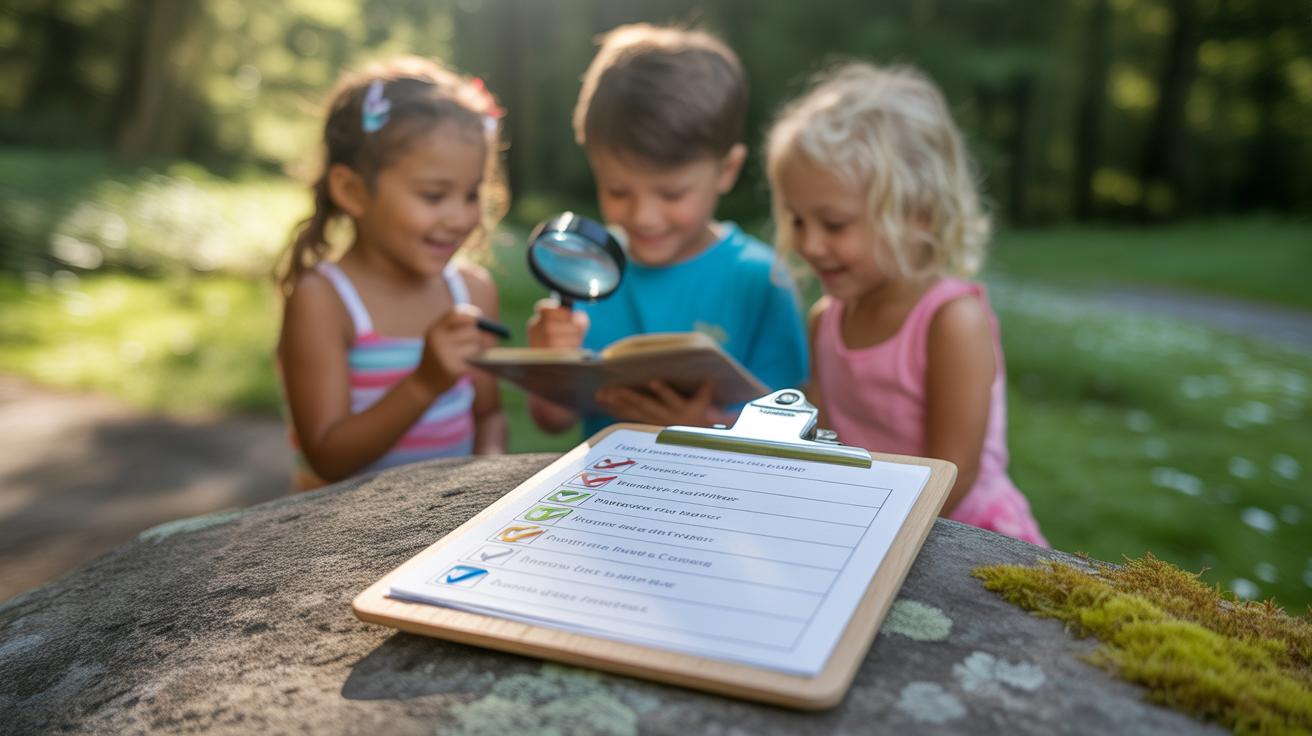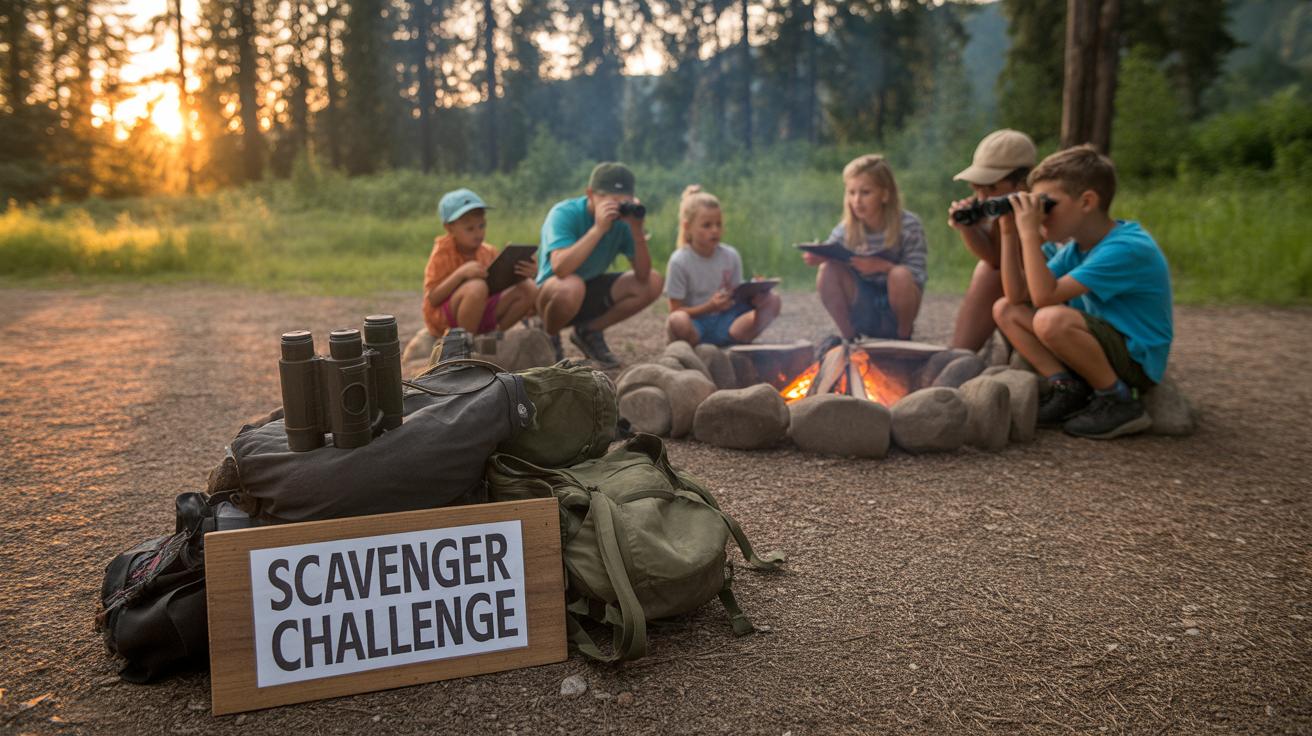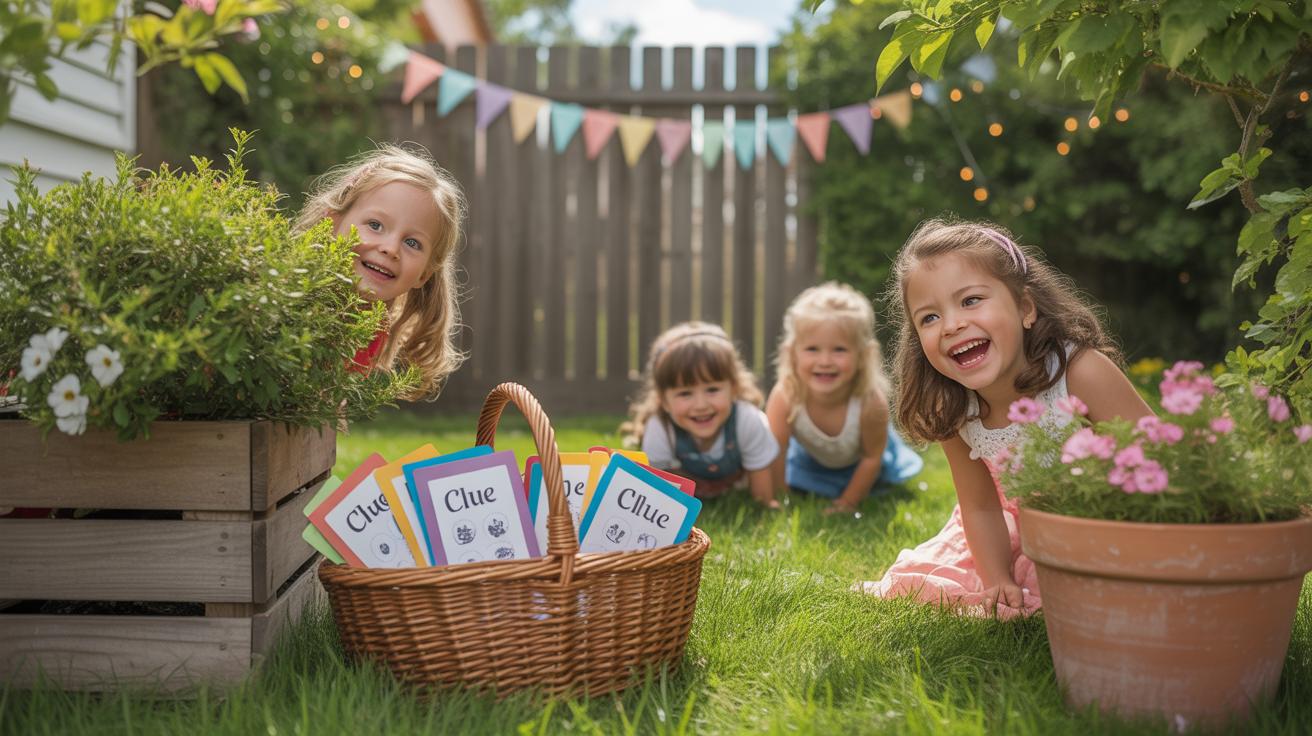Introduction
Outdoor Survival Lessons Forest School offers a unique way to learn important survival skills by spending time in natural environments. This method of learning takes children and adults outside, into woodlands and forests, to develop practical skills through hands-on activities. It is not only about learning how to survive but also about building confidence, teamwork, and problem-solving abilities.
In this article, you will explore how Forest School operates as an educational approach and how it teaches a variety of outdoor survival skills. You will understand what lessons are included, why they matter, and how spending time in nature can make you more prepared to handle emergencies and enjoy the outdoors more safely.
Exploring Essential Outdoor Survival Skills
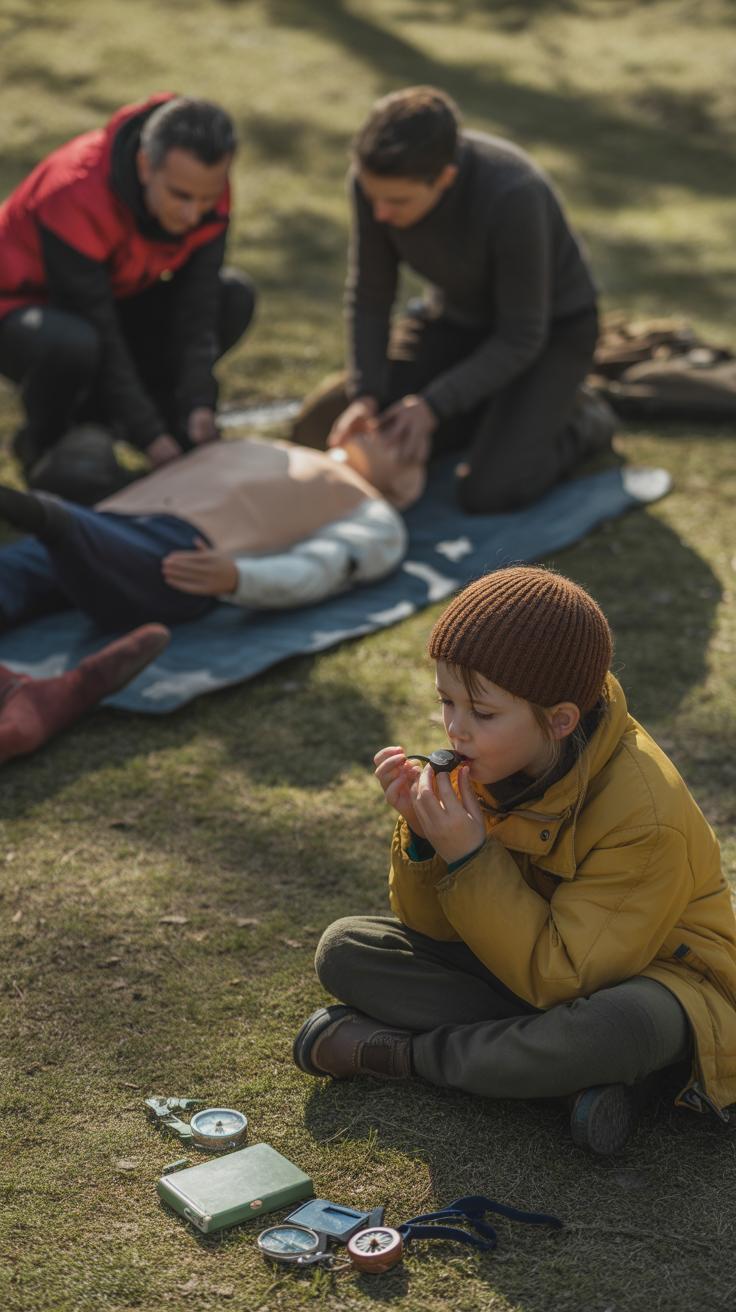
When you think about survival skills in a Forest School setting, several practical abilities come to mind—things you can actually try out as you learn. Fire making is usually one of the first and most memorable lessons. It’s not just about striking a match but understanding how to use friction or flint and steel to create a spark. That hands-on experience sticks with you.
Shelter building follows naturally. Learners experiment with natural materials, testing which leaves or branches provide the best cover—or how to arrange a structure that actually withstands wind or rain. It’s trial and error, but each attempt builds real problem-solving.
Finding safe water might seem straightforward, yet in the woods, it’s tricky. Recognizing signs of nearby water sources or learning simple filtration methods helps you connect your knowledge with the environment—are you sure that stream is clean? Probably not, so you have to think carefully.
Another common skill is identifying edible plants. This task demands attention and patience. There’s a fine line between what nourishes and what poisons, so learners practice using guides and testing plants cautiously. That process sharpens observation and decision-making—very useful beyond just survival.
All these skills share a common thread: you apply what you learn immediately, making mistakes and adjusting. This direct practice prepares you better for unexpected outdoor situations than any classroom lecture could. It’s learning by doing, with nature as your teacher and sometimes your toughest critic.
Outdoor Survival Skills That is useful
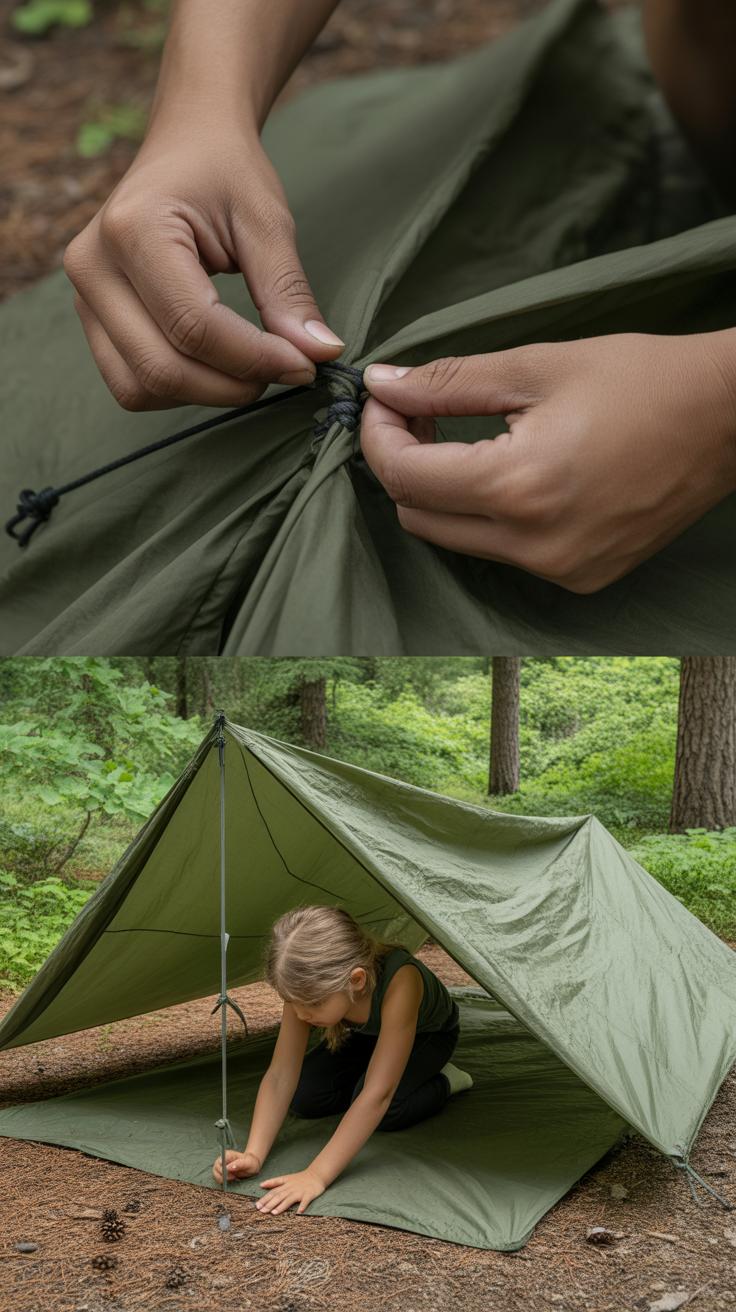
Forest School teaches a set of core survival skills that you’ll actually use when out in nature. Things like fire making, shelter building, locating safe water, and knowing which plants are edible—not just textbook stuff, but practical skills that come from doing. For example, fire isn’t just about warmth. You need it to cook food, keep insects away, and signal for help if necessary.
When learning fire making, simple methods like using a bow drill or gathering the right tinder are emphasized. It’s a trial-and-error process, really. Sometimes your materials won’t light, and you have to figure out why—that’s part of the learning. Fire teaches patience and careful observation, skills that go beyond just surviving.
Shelter building is another hands-on area. The focus is on creating shelters from natural materials you find nearby—leaves, branches, bark—things that the forest provides. You might start with a simple lean-to or move on to more complex debris huts. Each type offers different protection from rain, wind, or cold. What I found is that building a shelter quickly without tools pushes your creativity, and you really begin to respect the environment’s resources.
Finding clean water is tricky, and Forest School covers ways to identify natural sources that might be safer—like flowing streams instead of stagnant ponds. Skills include basic filtration using sand or charcoal, and recognizing signs of fresh water in the landscape. It’s not about fancy gadgets but knowing how nature can provide.
Altogether, these survival skills aren’t just taught in isolation. They come through exploration and hands-on experience, sometimes with trial and error, so you understand the reasoning behind each step. It’s about becoming comfortable enough to problem-solve when situations get uncertain.
Identifying Edible and Useful Plants in the Forest
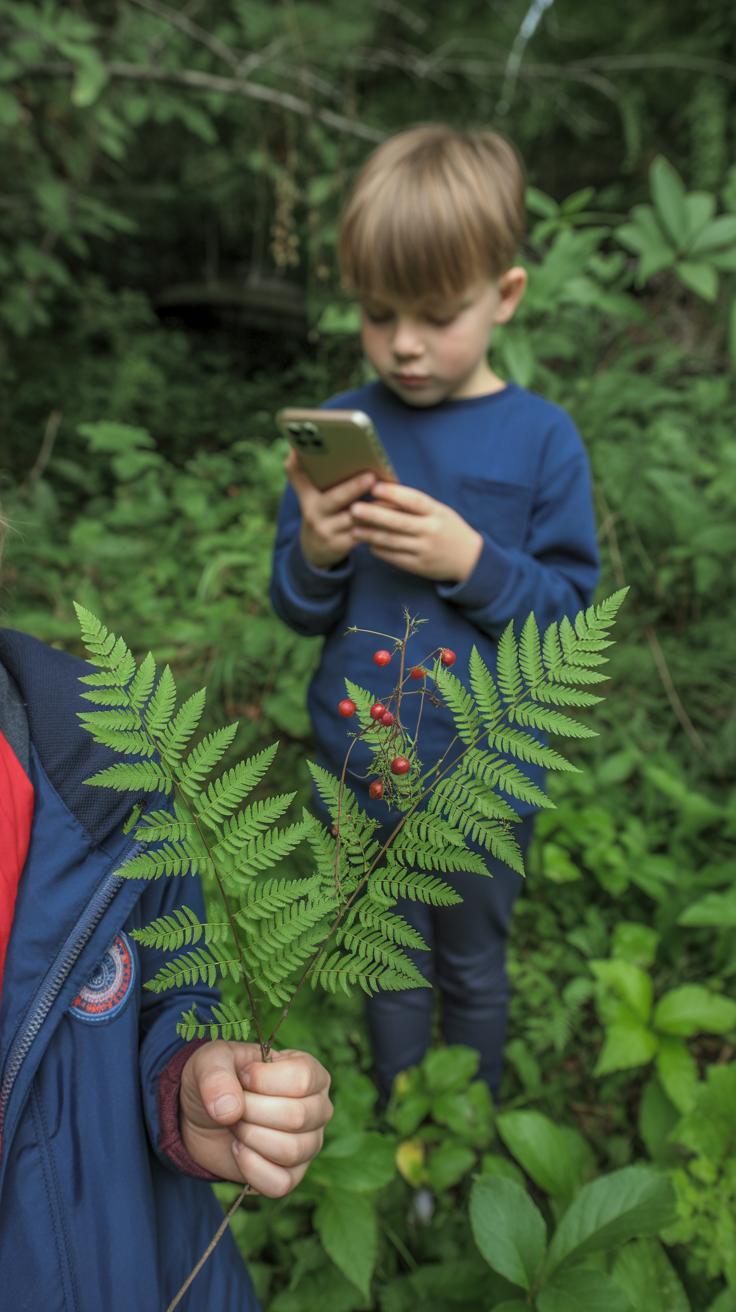
Recognizing safe plants for eating or medicine takes careful observation and sometimes a bit of trial and error—though, obviously, not too much error when it comes to poisonous species. You want to look for key indicators: leaf shape, stem texture, flower color, and smell all matter. For example, plants with milky sap or bitter taste often raise red flags. I remember once mistaking a wild parsnip for a harmless plant because I only glanced at the leaves—never again.
Practical tips include carrying a reliable field guide, but also honing your senses—touch, smell, and even taste in very tiny amounts after testing for reactions. Learning to identify lookalikes is crucial. Could that berry be edible or just a dangerous mimic? Asking yourself what local wildlife eats can sometimes hint at safety, yet their tolerance doesn’t guarantee yours.
Common Edible Plants Found in Woodlands
Here are a few you might encounter:
- Wood Sorrel: Lemon-flavored leaves, great fresh in salads. Avoid overconsumption because of oxalic acid.
- Wild Garlic: Easily identified by its garlic scent and broad leaves. Use for flavor or mild antiseptic properties.
- Blackberries: Wide-ranging and generally safe, ripe blackberries are easy to spot and a nutritious snack.
- Chickweed: Mild flavor, edible raw or cooked; rich in vitamins but can be confused with non-edible plants.
Preparing these usually means washing thoroughly and eating young leaves or ripe fruit. Some need cooking to neutralize mild toxins, so when unsure, heat is your friend.
Using Plants for Basic First Aid
Plants can help beyond food. For minor wounds, slippery elm bark makes a soothing poultice while plantain leaves, crushed and applied, reduce inflammation and help draw out splinters. I once used plantain on a scraped knee—didn’t speed healing dramatically, but the relief was real.
Other plants, like yarrow, are known for antiseptic qualities and can slow bleeding. It’s not a substitute for professional care, but in a tight spot, these remedies matter. Learning to prepare them safely—knowing which part of the plant to use and how to apply—requires practice and caution. Nature offers many options, but trusting only what you’ve personally tested or deeply studied is safer.
Navigating Safely Through the Wilderness
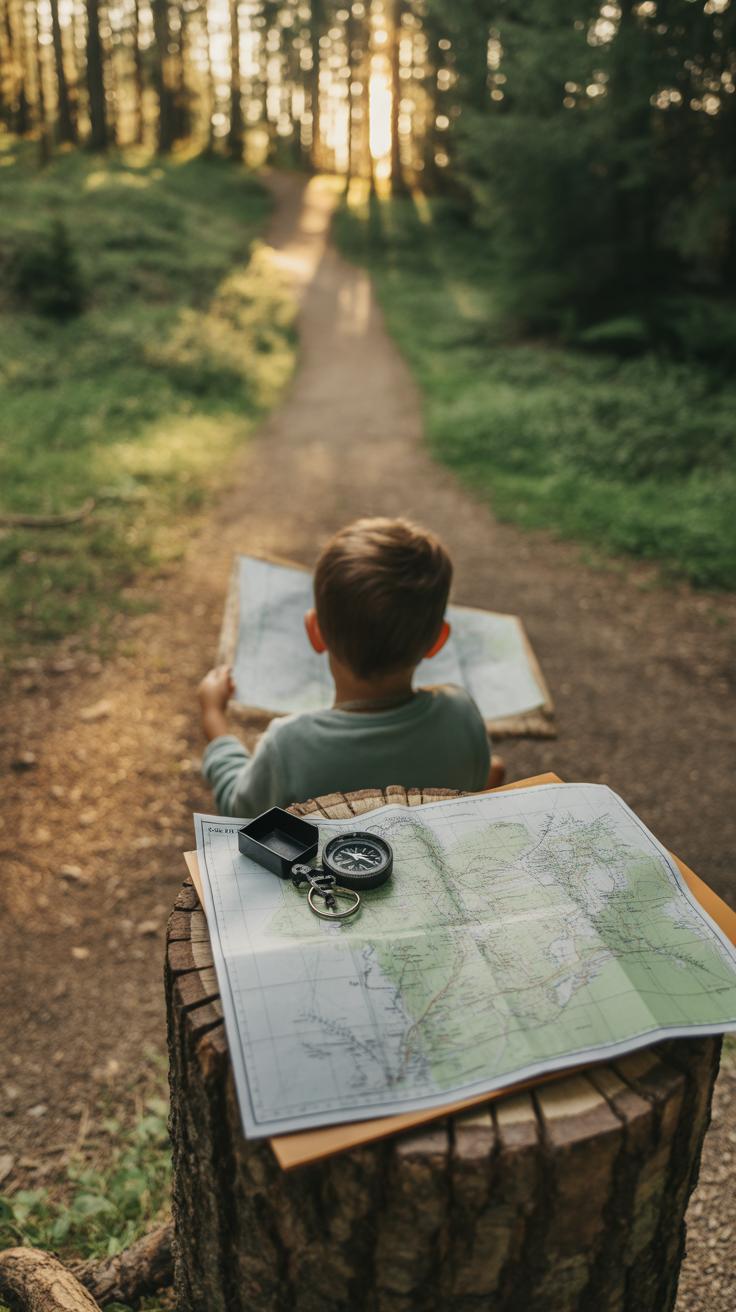
Finding your way in the forest doesn’t have to be complicated, but it does require paying close attention. You can start by using natural landmarks—like distinct trees, unusual rock formations, or a clearing in the canopy. These features become mental signposts. Sometimes they’re obvious, sometimes subtle. It’s a bit like leaving breadcrumbs for yourself.
The sun is another guide, though it can be tricky. Remember, it rises roughly in the east and sets roughly in the west. In the morning, shadows stretch west; in the afternoon, they lean east. Midday shadows are shorter, pointing vaguely north or south, depending on where you are. Of course, cloudy days throw a wrench in this—and that’s when other clues matter.
Reading Natural Signs for Direction
Nature gives hints if you look closely. Trees, for example, often grow thicker moss on their north-facing sides because they get less sun. Though I’ve seen exceptions, it generally helps you sense direction. Shadows are also handy. Placing a stick upright and marking the shadow’s tip at intervals helps track movement over an hour or so.
Another useful hint is water flow. Rivers and streams usually lead downhill, connecting to larger bodies of water, which often head toward settlements or main trails. Following the current can be a gamble if you don’t know the region, but it’s something to consider when you feel uncertain.
Simple Compass Use for Beginners
Using a compass might sound old-fashioned now with GPS, but it remains a reliable tool, especially when batteries die. Start by holding it flat in your palm. The needle points north, though sometimes it flickers a bit if you’re near metal objects. Turn your body until the needle aligns with the compass’s orienting arrow. Once aligned, the direction-of-travel arrow points where you want to go.
Practice is key. Try walking a straight line for short distances, then check your bearing. You’ll get better at reading the compass without overthinking it. In the forest, combining compass use with natural signs feels more confident. Trust what you learn, but be ready to adapt—it’s rarely a perfect science out there.
Water Safety and Finding Clean Water Outdoors
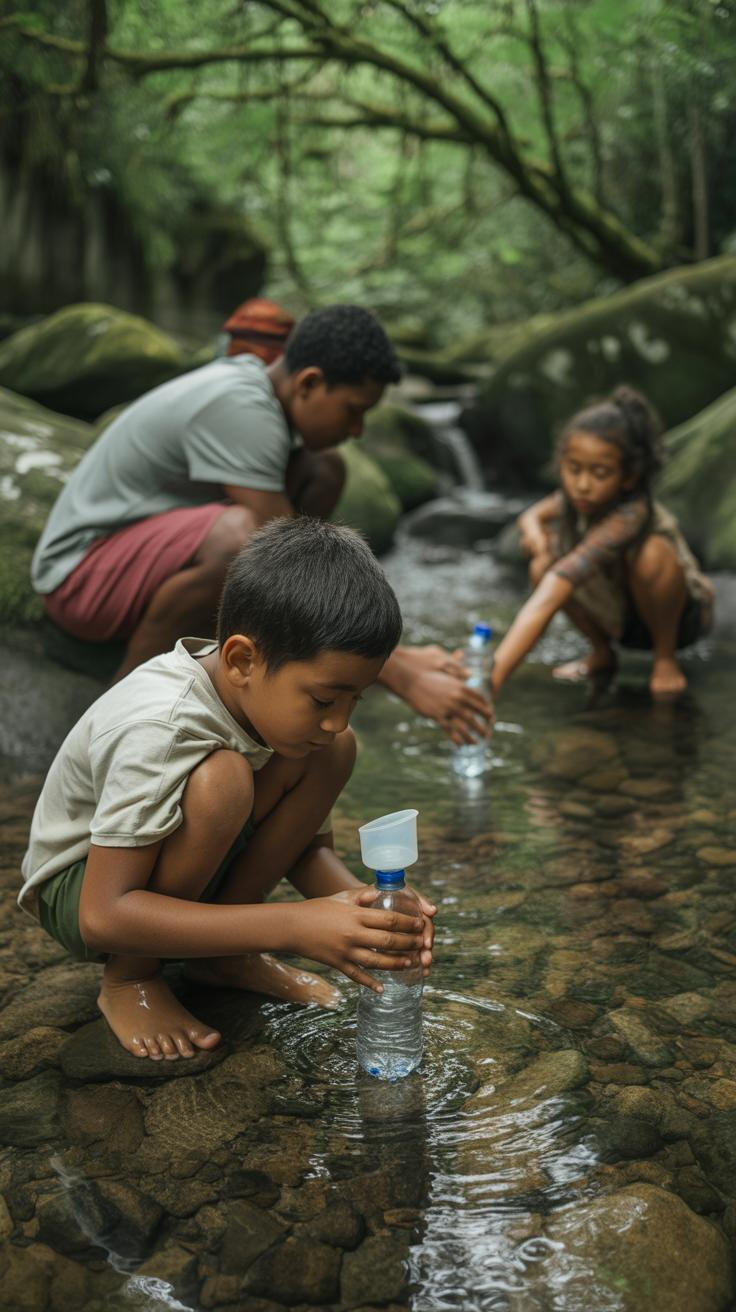
When you’re out in the forest, finding water might seem straightforward, but it’s trickier than it looks. Natural water sources are often there, but not all are safe or easy to spot. Streams and rivers are common, but their clarity doesn’t guarantee cleanliness. Ponds or small pools might hold water, yet they often contain bacteria or parasites you wouldn’t want to ingest.
Look for signs like green vegetation clusters—they usually indicate water nearby. Animal tracks can also lead you to fresh sources; animals need water just like we do. Sometimes, collecting rainwater or dew from plants can provide small amounts when nothing else is around, although that might not always be enough if you’re thirsty.
To make water safe, simple methods succeed better than complex ones when resources are limited. Boiling water for a few minutes kills most harmful organisms. Even if you don’t have a pot, heating rocks in a fire and placing them in a container can work. Filtering through cloth can remove some solids but won’t get rid of germs.
Portable filters or chemical tablets help if you have them, but you can also use basic materials by layering sand and charcoal for a DIY filter—though that won’t remove all pathogens. Ultimately, relying on boiling is the most reliable approach in the wild. Still, there’s always a question lingering: is the water truly safe after purification methods? Sometimes, trusting your instincts and combining several methods feels necessary to stay healthy.
Developing Teamwork and Problem Solving Outdoors
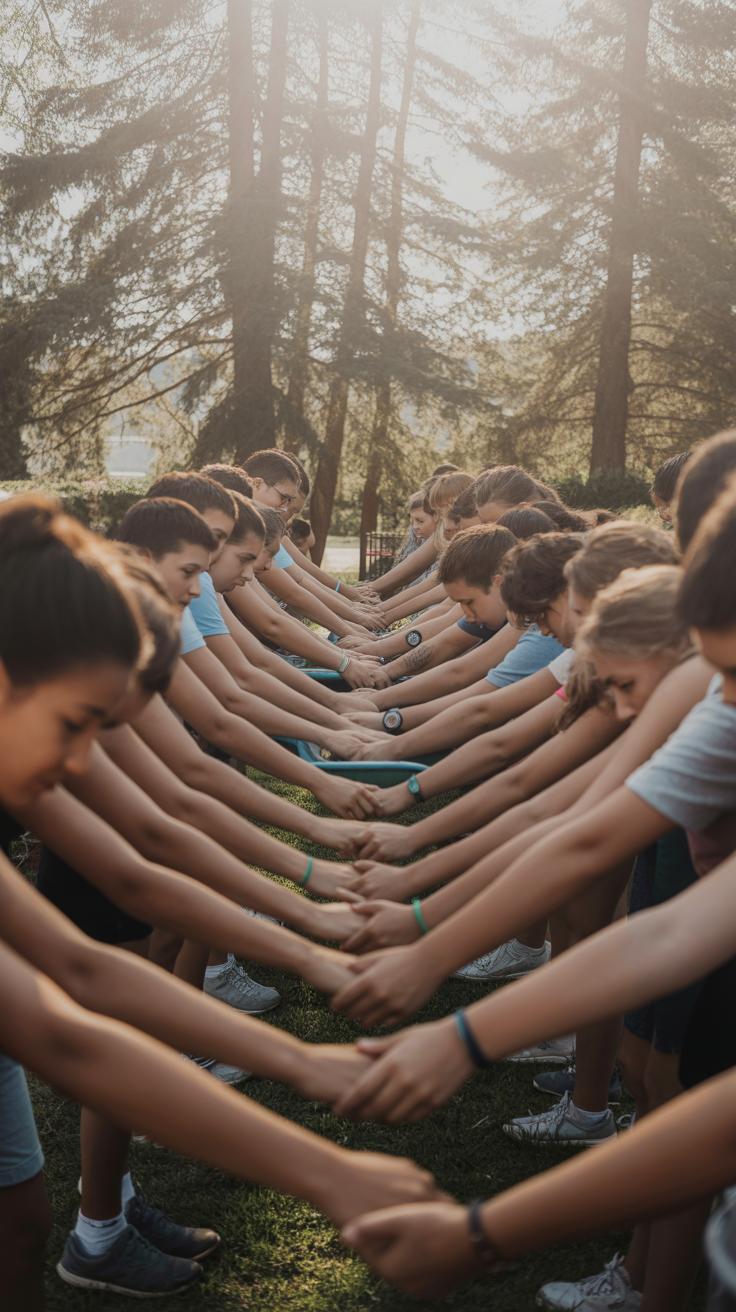
Forest School offers a very hands-on way for learners to work together on problems that emerge naturally in the outdoors. When you’re out in the woods, survival challenges aren’t just theoretical—they require real-time collaboration. Kids and adults alike are encouraged to openly share ideas and listen to one another’s perspectives, which often sparks creative solutions.
For example, there might be a task like building a shelter or finding a way to cross a stream safely. These challenges don’t get solved by one person alone. Instead, participants have to figure out roles, discuss options, and change their approach if something doesn’t work. Forest School nurtures this process rather than forcing rush decisions, and you can almost see critical thinking develop as the group debates their best move.
Sometimes, this means being patient with quiet members or reconsidering initial plans—a bit frustrating at times—but those moments teach resilience too. You begin to realize that solving problems outdoors is rarely straightforward; it’s messy and sometimes slow, but usually worth it if everyone chips in.
Group Activities That Build Cooperation
There are many exercises that build the kind of teamwork needed for survival. A classic one is the ‘Blindfold Navigation,’ where one person is guided by others’ verbal instructions to move safely through a course. It relies heavily on trust, listening, and clear communication.
Another is the ‘Raft Build,’ where the group must construct a simple watercraft from logs and vines. No one normally gets everything right on the first try, so cooperation is essential as ideas get tested and tweaked. Everyone gets a turn to contribute, whether with a suggestion or by lending a hand.
Sharing ideas isn’t always easy—some people are quick to speak, others hang back—but the supportive environment encourages everyone to feel they belong and that their thoughts matter. The sense of helping each other through these tasks often sticks with participants beyond the forest floor.
Solving Survival Problems Step-by-Step
In survival situations, tackling problems methodically makes a big difference. Forest School teaches you to break down complex challenges into smaller parts instead of getting overwhelmed.
A typical approach might look like this:
- Identify the specific problem (e.g., “We need shelter before nightfall”).
- Brainstorm possible solutions with the group, no matter how wild some ideas might seem.
- Evaluate options practically, considering available materials and skills.
- Choose the best plan and assign roles for carrying it out.
- Test the approach, observe what works and what doesn’t.
- Adjust accordingly, learning from failures without blame.
This kind of stepwise reasoning feels almost natural after a while, but it’s also a skill that needs practice. Group input matters because different viewpoints often reveal hidden risks or better alternatives. You start to appreciate that survival isn’t just about acting quickly but about thinking together and adapting as you go.
Adapting to Weather and Seasonal Changes
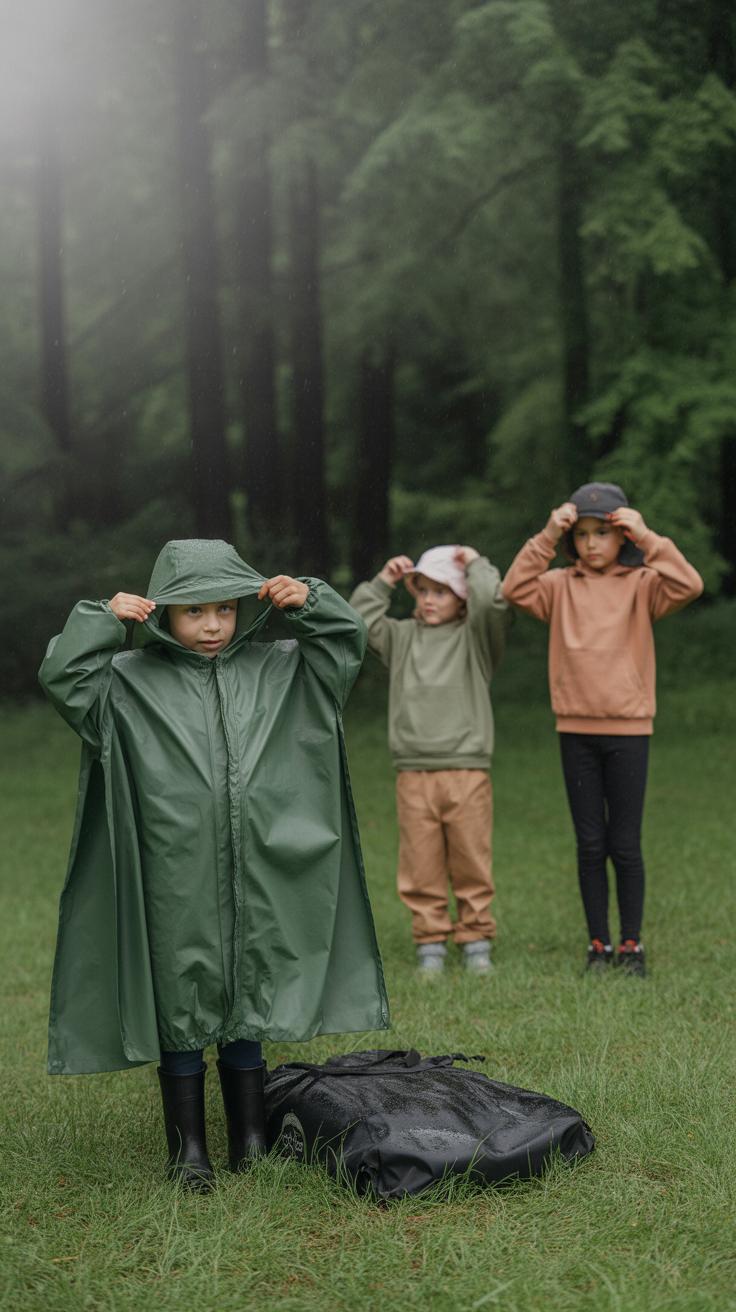
How Weather Affects Outdoor Survival
Weather shapes everything in the forest. Rain can turn trails slippery and streams swell unexpectedly, forcing you to reconsider your route or shelter plans. Cold snaps call for layered clothing and knowing how to retain heat, yet staying dry is often even more critical. When it’s hot, dehydration becomes a real concern, and shade isn’t just comfortable—it’s necessary.
In Forest School, you learn to anticipate these challenges before they hit. Carrying a waterproof layer isn’t just about comfort; it could prevent hypothermia. On hot days, you might adjust your activity schedule, doing more in the cooler morning hours. But sometimes, precautions aren’t enough. I’ve watched sudden storms disrupt a carefully planned day, pushing everyone to quickly seek shelter and rethink the situation.
Using Seasonal Knowledge in Forest School
Seasons offer clues about what to expect and how to prepare. Forest School teaches you to read those signs—a sudden shift in bird calls or changing leaf color might hint at frost coming sooner than expected. You start to plan activities around these rhythms, choosing when to focus on fire-building or foraging, and when to prioritize shelter construction.
For instance, seeds and nuts appear more plentiful in autumn, presenting chances to gather and store food. Early spring might be tricky for foraging, but it’s perfect for learning about tree buds or tracking animal signs. It’s not always straightforward, though—some seasons feel uncertain. You might find yourself guessing which plants are safe or when the weather will turn, sometimes right and sometimes wrong. That uncertainty, oddly enough, becomes part of the learning process.
Applying Forest School Survival Skills in Everyday Life
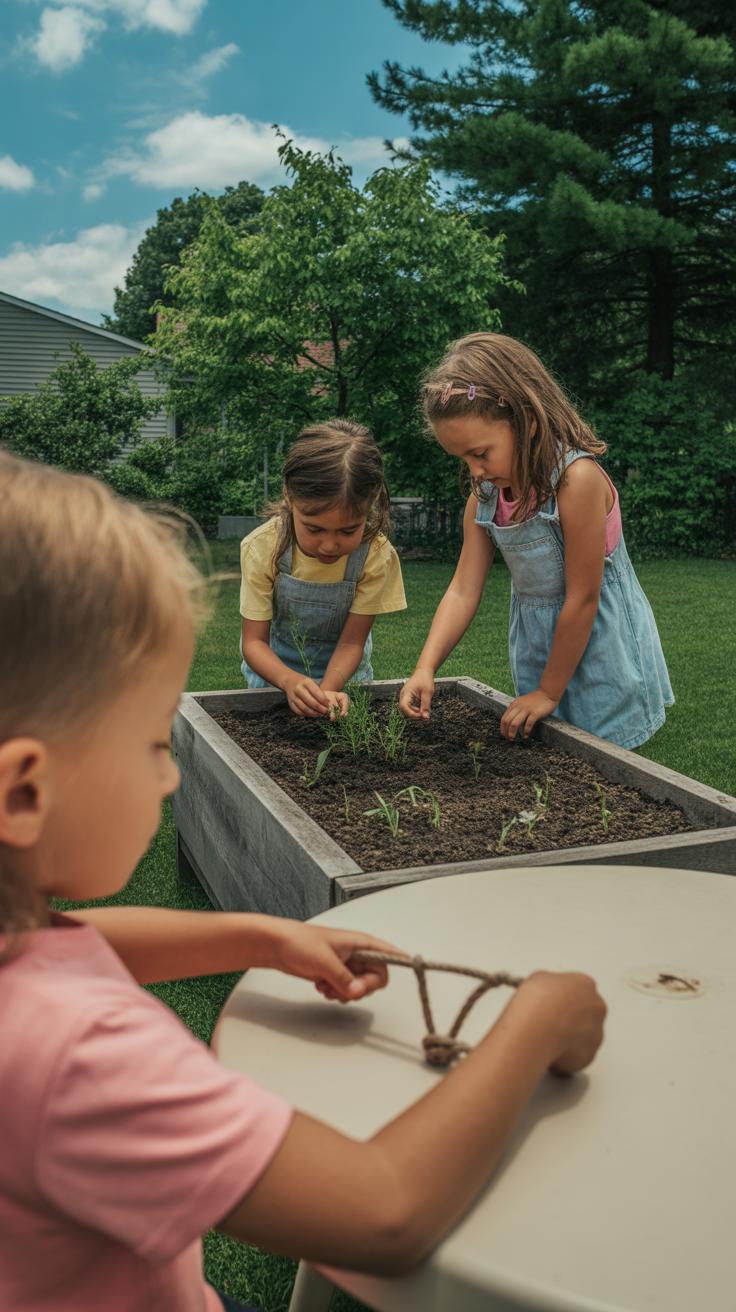
The skills picked up at Forest School aren’t just for the woods. You might find them surprisingly handy when hiking, camping, or even during unexpected emergencies. For example, knowing how to build a simple shelter can make a cold night in the backyard more bearable, or help if you get stuck outdoors longer than planned.
Here’s what you might carry forward:
- Reading natural signs for direction or weather changes helps avoid getting lost or caught off guard.
- Basic first aid from using natural materials to soothe minor cuts or insect bites can be a real plus.
- Fire-making skills come in useful not just for warmth but for cooking and signaling.
- Understanding safe water sources could save the day during a nature walk gone wrong.
These aren’t just survival tactics—they build confidence too. When you realize you can handle little challenges outside, it often spills over into daily decision-making, making you just a bit more self-reliant.
Everyday Benefits of Survival Skills
Knowing survival skills gives you a kind of quiet readiness. It’s the difference between feeling helpless when the unexpected happens and taking small, effective steps that matter. Imagine being comfortable and calm when the power goes out or when a hike turns longer than expected—you’ll probably think, “I’ve got this.”
Besides emergencies, these skills encourage a closer connection with nature, which brings its own rewards. You notice wildlife, weather patterns, plants—and that makes every nature outing richer. Little things like identifying edible plants or crafting a makeshift compass create moments of discovery and independence.
Continuing Your Learning Beyond Forest School
Once the formal sessions end, the question is: how do you keep these skills fresh? Fortunately, chances to practice appear often if you look. Maybe try these:
- Plan weekend hikes where you practice navigation without GPS.
- Test your shelter-building by setting up in your backyard or local park.
- Join local outdoor groups or online forums to swap tips and stories.
- Start a survival journal—record what worked, what didn’t, and questions to explore.
It’s easy to let skills slip if not used, but even small, irregular practice helps keep them alive. Survival knowledge isn’t just a one-time lesson; it’s something you grow into with every outing. What could you try next weekend?
Conclusions
Outdoor Survival Lessons Forest School combines learning with real-world experiences in nature. It helps you develop skills such as building shelters, starting fires, finding food, and understanding ecosystems. These skills are useful not only for emergencies but also for everyday outdoor activities.
By attending Forest School, you gain practical knowledge and gain confidence in your ability to solve problems and work with others. This hands-on learning makes survival skills memorable and helps you appreciate the natural world. You can use these lessons to stay safe, enjoy nature, and face challenges with new abilities.


